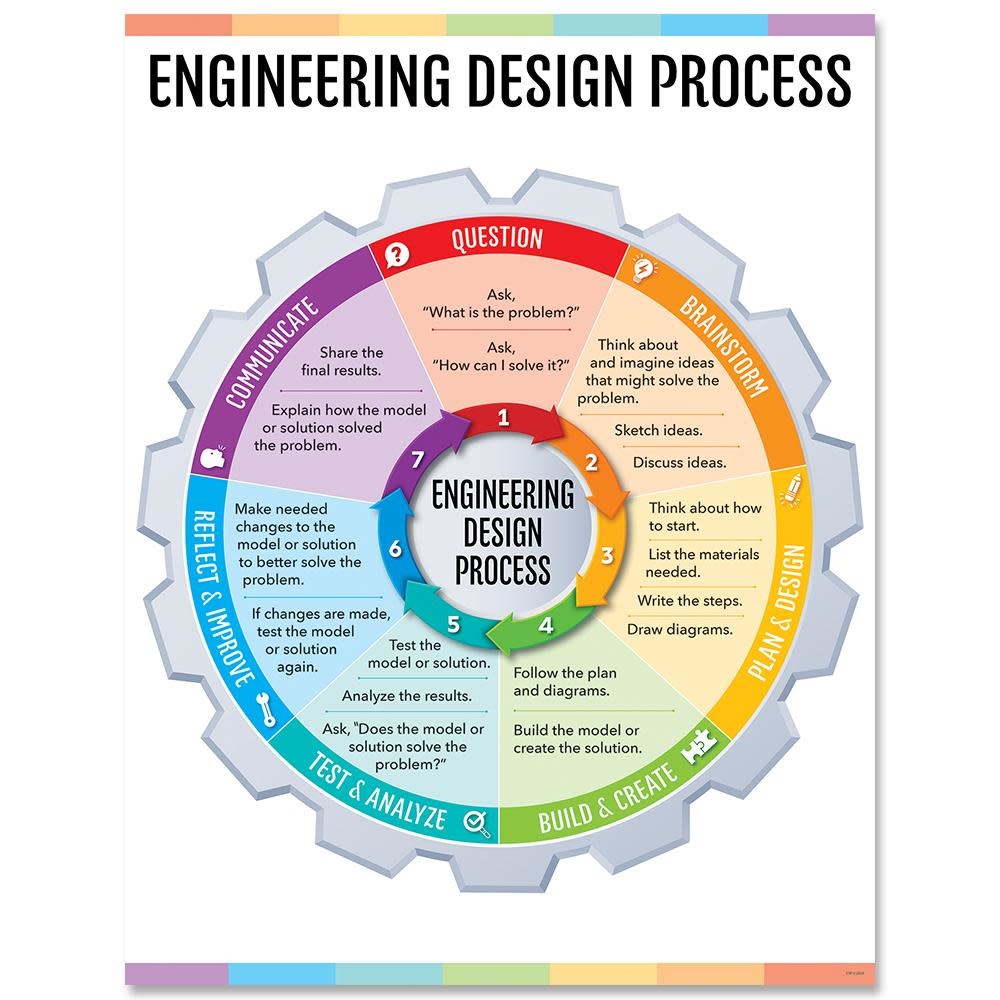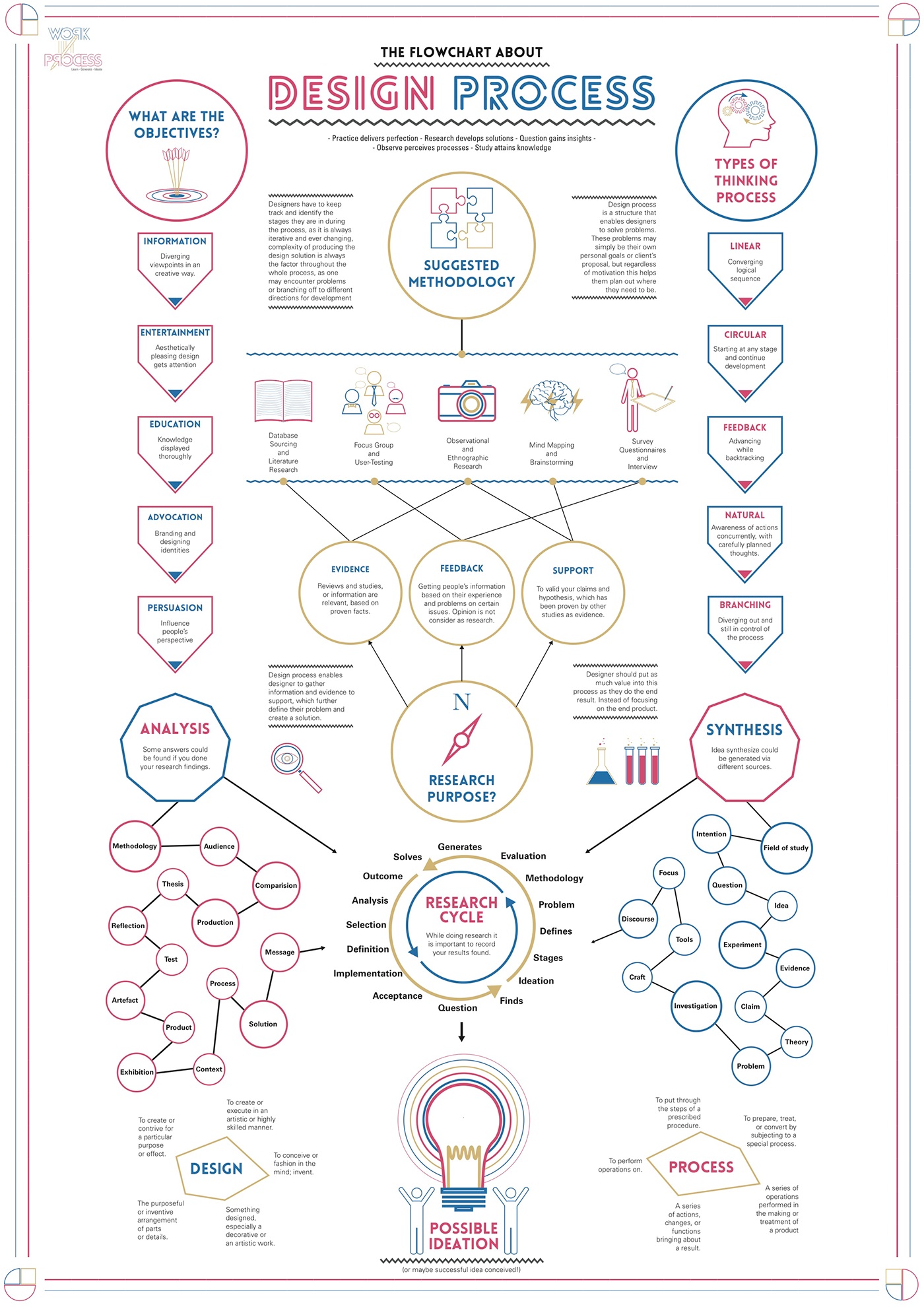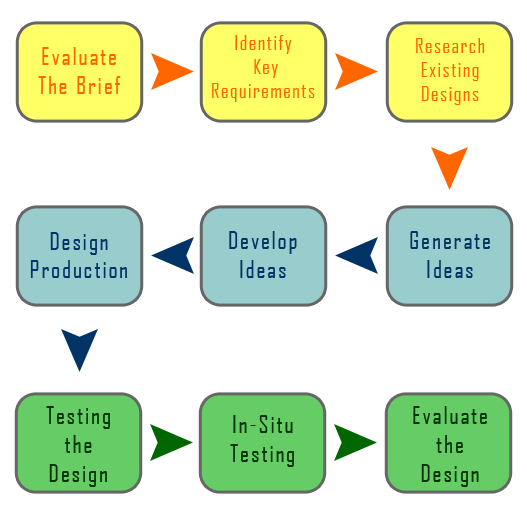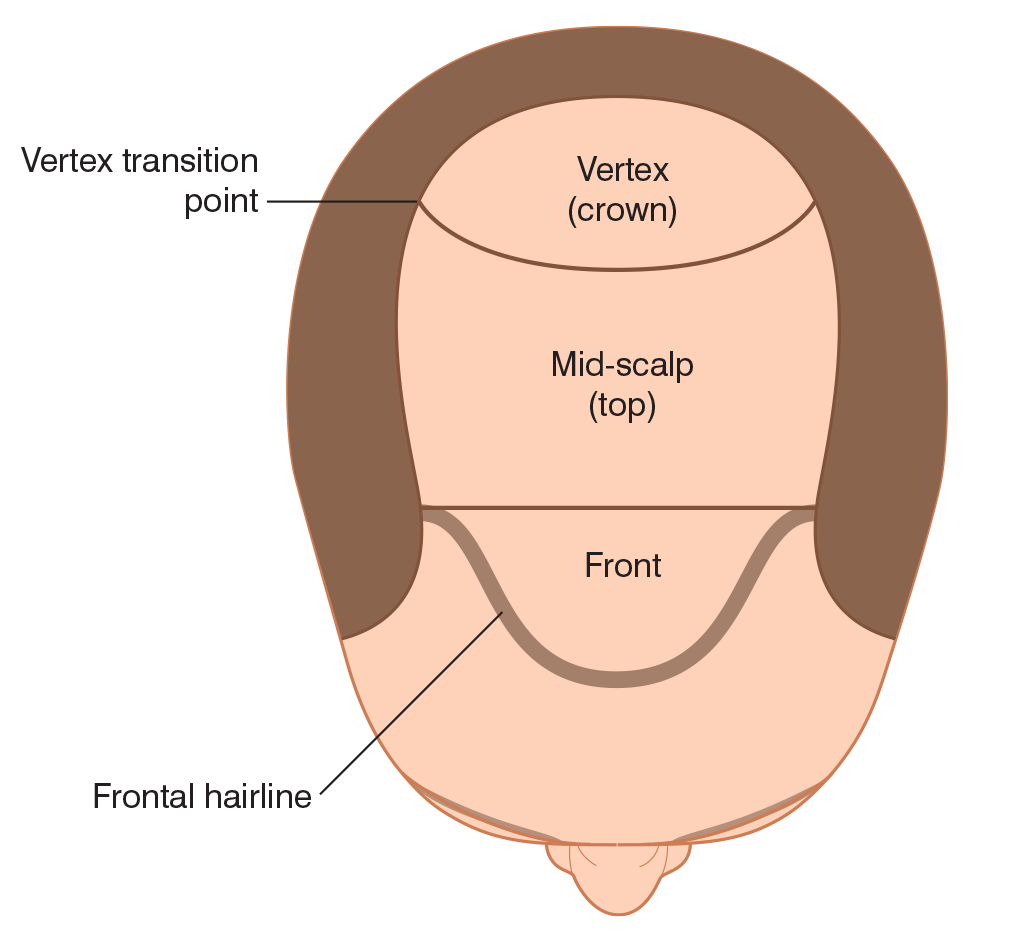Table Of Content

However, the design process can sometimes be overwhelming, with several stages and challenges to overcome. In this in-depth guide, we will explore the design process from concept to completion, providing valuable insights, techniques, and case studies to help you master the art of design. Now that you have tons of ideas floating around, it’s time to create mockups.

Defining the Tools that Optimize Our Workflow
Consult Mastering the UX design process by UserTesting for more insights. It’s important to be able to advocate for users and explain points about design to other project personnel, some of whom may need to understand what UX design involves. Effective UX design simplifies user interactions, and makes it easier for users to navigate and perform desired actions. Such interactions include making a purchase or signing up for a newsletter, which directly contributes to higher conversion rates. As organizations integrate UX design early and throughout the project lifecycle, they can identify potential usability issues before these become expensive problems.
Design checklists: What type of designer are you?
Designers use principles such as visibility, findability and learnability to address basic human behaviors. Having a finished UI, we can create a high-fidelity prototype which is completely suitable for testing. Also, do not forget about animations they don’t only emphasize the core values of a product but also improve user experience. One of the most important tasks is to understand and to design a user’s interaction with a product. Matching users goals with ways they might be realized through an interface gives us an opportunity to clearly see a product from a user’s perspective.
Browse all K-12 engineering design process curriculum
There are hundreds of ideation techniques you can use—such as Brainstorm, Brainwrite, Worst Possible Idea and SCAMPER. Brainstorm and Worst Possible Idea techniques are typically used at the start of the ideation stage to stimulate free thinking and expand the problem space. This allows you to generate as many ideas as possible at the start of ideation. Development involves the refinement and improvement of a solution, and it continues throughout the design process, often even after a product ships to customers. There are always many good possibilities for solving design problems.
Design Sprint: A Condensed Version of Design Thinking
You’ve brainstormed, come up with all sorts of ideas, and worked with your team to boil those ideas down to the ones you think may actually solve the problem you’ve defined. Infeasible ideas can generate useful solutions, but you’d never get there if you shoot down every impractical idea from the start. It is also important to interview and understand other stakeholders, like people selling the product, or those who are supporting the users throughout the product life cycle.
Student teams design their own booms (bridges) and engage in a friendly competition with other teams to test their designs. Each team strives to design a boom that is light, can hold a certain amount of weight, and is affordable to build. Students develop an app for an Android device that utilizes its built-in internal sensors, specifically the accelerometer. The goal of this activity is to teach programming design and skills using MIT's App Inventor software (free to download from the Internet) as the vehicle for learning.
For instance, most websites have a main “hero” image, which uses dominance to appeal to users, drawing them to it naturally. By using scale to make an element larger than others appearing with it, you can emphasise that element. Not only can you make an element stand out this way—you can also use scale to create a sense of depth (since nearer objects appear larger to the human eye). Exaggerated scales of images also add a certain level of interest and drama to them.

Software Design Process – Software Engineering
Perhaps part of the design team doesn’t need to be involved early on but will play a key role in later steps of the design process. For many design teams, common concerns include workload and resource issues, collaboration challenges, and bad processes. Adding a tailored design thinking process to your workflows can address these issues.
Design Thinking Process
Negative space is just as important as the positive shape itself — because it helps to define the boundaries of the positive space and brings balance to a composition. Offer few options – don’t hinder users with nice-to-haves; give them needed alternatives instead. The statement describes a product or feature that can realistically be built and assessed against strategic goals for growth. This blog compares the leading project management software to uncover the best Monday alternatives and identify the top Monday competitor. Regular innovation meetups, workshops, and conferences are scheduled to keep the spirit of design thinking alive.
Charles Barkley Was Minimally Involved in His Nike Designs According to Aaron Cooper - Complex
Charles Barkley Was Minimally Involved in His Nike Designs According to Aaron Cooper.
Posted: Fri, 26 Apr 2024 21:09:25 GMT [source]
These principles include balance, contrast, emphasis, movement, pattern, rhythm, and unity/variety. Each principle plays a pivotal role in organizing or arranging the visual elements in a design, ultimately shaping the viewer's experience. For a deeper understanding and exploration of how these principles relate to visual aesthetics in art and design, refer to the chapter on Visual Aesthetics from the Encyclopedia of Human-Computer Interaction. This comprehensive resource provides insights into the interconnectedness of design principles in various mediums. In user experience (UX) design, minimizing users’ cognitive loads and decision-making time is vital. During ideation, the product team, designers and software engineers brainstorm possible solutions to the problem.
Revolutionize Your Design Process with the Formlabs Form 4 3D Printer - stupidDOPE.com
Revolutionize Your Design Process with the Formlabs Form 4 3D Printer.
Posted: Tue, 23 Apr 2024 14:02:29 GMT [source]
Steve Eppinger is a professor of management science and innovation at MIT Sloan. He holds the General Motors Leaders for Global Operations Chair and has a PhD from MIT in engineering. He is the faculty co-director of MIT's System Design and Management program and Integrated Design and Management program, both master’s degrees joint between the MIT Sloan and Engineering schools. His research focuses on product development and technical project management, and has been applied to improving complex engineering processes in many industries. Imagine you are designing a new walker for rehabilitation patients and the elderly, but you have never used one. Certainly not, if you haven’t extensively observed and spoken with real customers.
Students learn about sea turtle nesting behaviors and environmental impacts of hurricanes. Students experience the engineering design process as they design and build accurate and precise catapults using common materials. They use their catapults to participate in a game in which they launch Ping-Pong balls to attempt to hit various targets. The process of design refers to the different steps of a design project.
This applies to products, but also services that UX design teams create. UX design process steps include rigorous usability testing and feedback loops that help refine the product iteratively. This ensures that the final version meets user needs effectively and reduces the likelihood of failure post-launch. Students engineer a working pair of shin guards for soccer or similar contact sport from everyday materials.
Through intellectual rigor and experiential learning, this full-time, two-year MBA program develops leaders who make a difference in the world. You'll learn about the hidden factors limiting your success as a designer, how to overcome them, and how to show others the value of your work—without making compromises. The design industry puts a lot of emphasis on UX methods, and rightfully so.

No comments:
Post a Comment